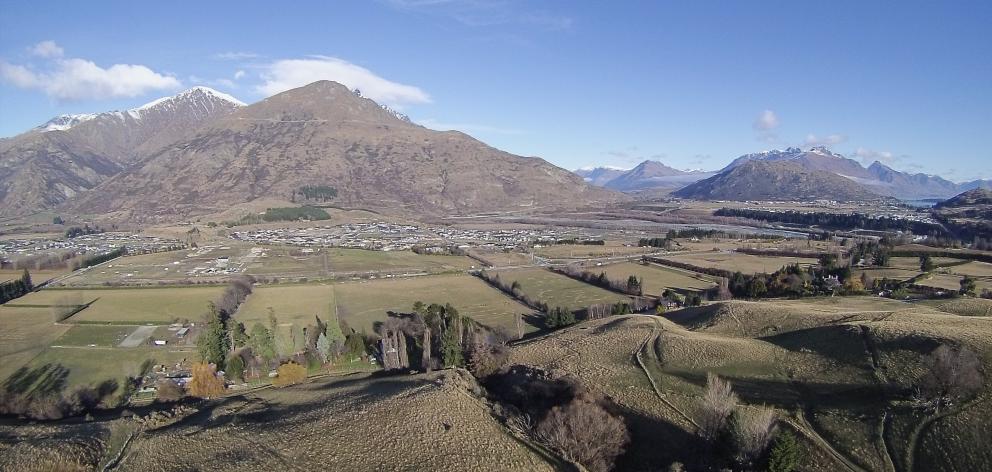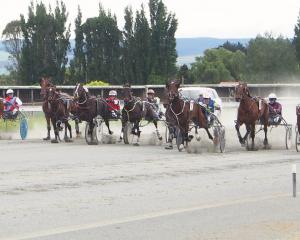
In an unusual move, the Queenstown Lakes District Council is seeking to change the district plan to accommodate a 120ha Ladies Mile expansion to the town.
Usually, plan changes are promoted by developers, not the council.
In this case, with the Queenstown population predicted to double in the next 30 years, the council is working its way towards an "holistic" Ladies Mile plan that could meet about a-third of the demand for housing.
In his s42A report to a panel of five independent commissioners, planning consultant for the council Jeffrey Brown said the purpose of the variation to the district plan was to ensure efficient use of the land for housing "within an integrated, well-functioning, and self-sustaining urban community".
It is envisaged the zone would contain 2100-2400 residential units leading to a population along the eastern corridor of about 10,000 people.
Economist Susan Fairgray gave evidence for the council yesterday pointing out there could be demand for an additional 20,000 "urban dwellings" in the Lakes District over the next 30 years, about two-thirds of the demand being in the Wakatipu ward.
Discussions between Ms Fairgray and the panel of commissioners, chaired by David Allen, centred on the medium and high-density options for the Ladies Mile land.
Ms Fairgray considered more demand was likely for medium-density housing in the short to medium term and for such things as six-storey "vertically attached" or three-storey "horizontally attached" apartments in the longer term.
"I also consider that feasibility of higher-density developments could be increased through enabling a portion to be occupied by visitor accommodation.
"This may encourage the market to deliver this type of development, increasing the supply of apartment dwellings."
She pointed out also that by allowing more apartment buildings other parts of the development could be developed at a lower intensity.
Commissioner Ian Munro questioned whether there needed to be limits set on the medium-density land.
If developers were able to "squeeze in a little more density" there would be less reliance on "might-happen-in-the-future" high-density development.
"Why wouldn’t all the land in the zone be encouraged to be as dense as it possibly can be?"
"Yes, I don’t see a need for a maximum," Ms Fairgray responded.
Other matters to be considered include the way in which the new zone integrates with other suburban communities in the area and how to avoid adding more traffic to State Highway 6 where there is already peak-hour congestion.












